Nipple piercings
Offering body piercings as a service, is a very humbling career. We all have hang-ups about some part or other on our bodies and its a wonderful thing being able to help people like themselves a little more.
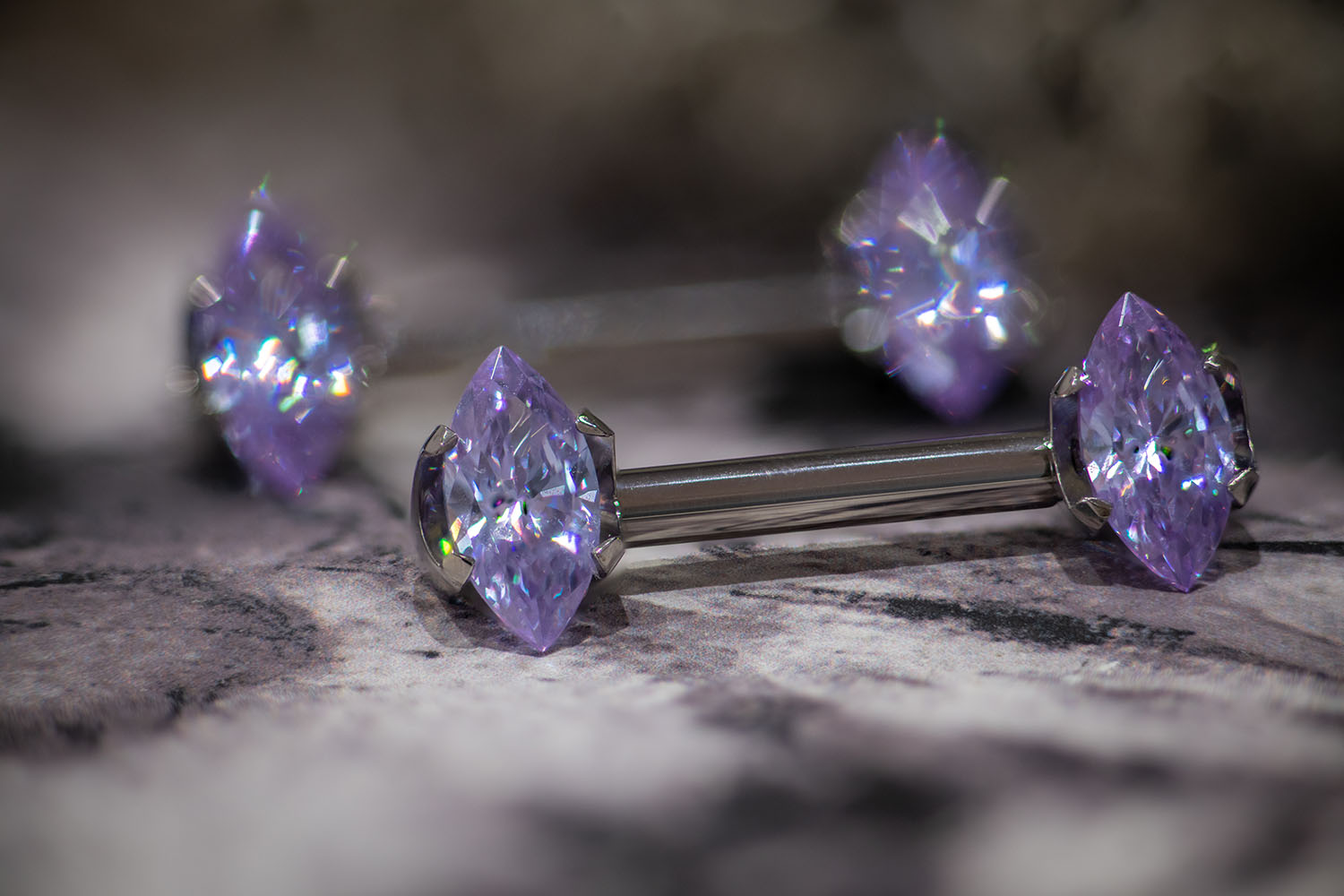
With that said, unfortunately not everyone can actually have every piercing. Our individual anatomical variations have a big impact on the method, jewellery and healing care for our piercings. Especially when it comes to nipple piercings.
ANATOMY
The most common variations
1
A-Typical
In a resting state, your nipple is forward. It doesnt need encouragement and the edges are clearly defined. You can pinch the nipple between your fingers easily.
2
Flat
When encouraged this nipple is more pointy but at rest can flatten. Making the edge between nipple and areola a little less obvious.
3
Inverted
Occasionally referred to as ‘shy’ because within the inverted variation there are different levels to which the inversion sits. Many can be teased forwartd but not all.
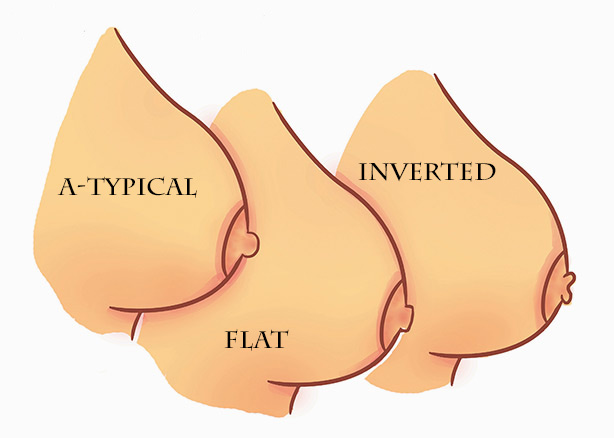
DIFFERENT METHODS OF PIERCING
The first two anatomical variations are relatively standard as far as piercing technique are concerned. There may be a slight difference from piercer to piercer but the results will be the same position, jewellery and aftercare These variations will enjoy a very easy healing experience when preformed by a skilled piercing practitioner.
Inverted nipples
This grouping of nipple form requires more specialist and experienced piercing techniques. If you suspect this may be the requirement for you we would ask you to book in for the ‘inverted nipple piercing’ selection in our menu.
Amidst the description of inverted nipple, there are different grades. An individual anatomy check will be preformed by your piercer to discuss you unique circumstances and ability to be pierced or not.
- Grade 1. The nipple can easily be pulled outward, and will sometimes stand out on its own with cold or stimulation.
- Grade 2. The nipple can be pulled outward, but it quickly goes back to its original shape. …
- Grade 3. The condition is most severe.
- Grade 1. Absolutely, you may need to call back for an extra check up and have your jewellery adjusted during the healing but yes.
- Grade 2. More than likely, however the jewellery you are pierced with will almost certainly need altered during your healing.
- Grade 3. Possibly, we would ask you to book in a free consultation to discuss your options and what your healing journey may look lik eif you proceed.
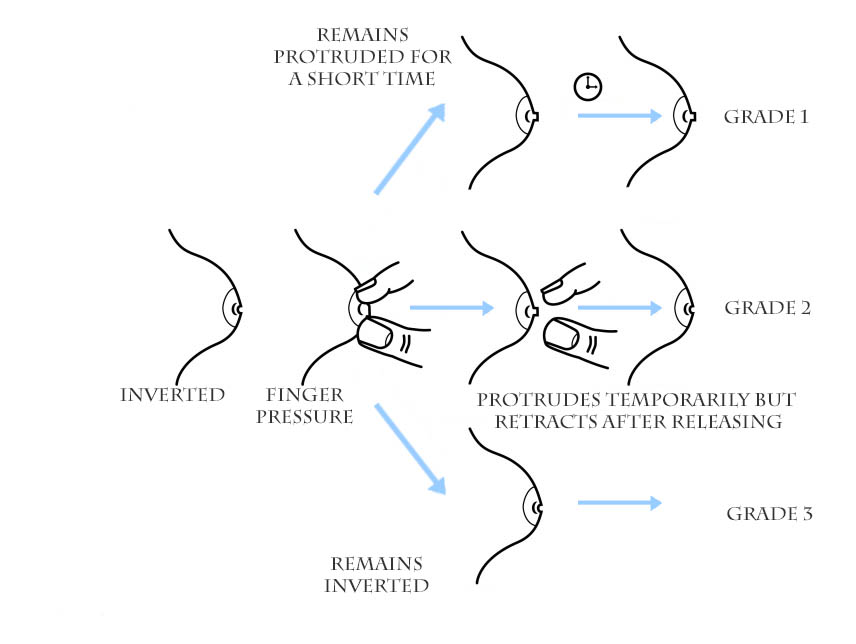
Typically around 6-8 months is the most common.
All piercings need infection control, nipple piercings require patting dry after any form of bathing and spray cleaning with sterile saline once daily – unless your piercer dictates otherwise.
READ OUR AFTERCARE HEREThat’s OK
Book in for a free consultation by calling 01912313089 and we can do an anatomy check with you to learn when you can be pierced again and/or discuss any issue you have had in the past.
Absolutely, but we would advise removing the piercing long before you are due. Pregnancy can make nipples tender at the best of times and while you are feeding/pumping the piercing will need to be removed anyway.
Attempting to insert and remove the jewellery repeatedly is likely to cause problems and become and painful. You can always be pierced again in the future (3 months after cessation of feeding)
What does it all mean?
In short it means we care.
We wont simply pierce you and see what happens.
We wont treat every nipple although its the same as every other, that simply isn’t the case.
We may even turn you away for your own sake. Which is never easy to hear and we would always carefully explain why.
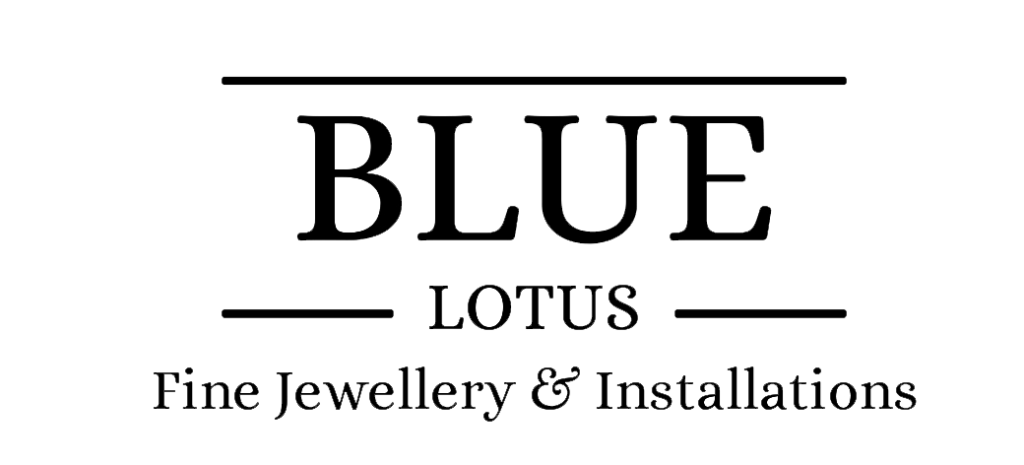
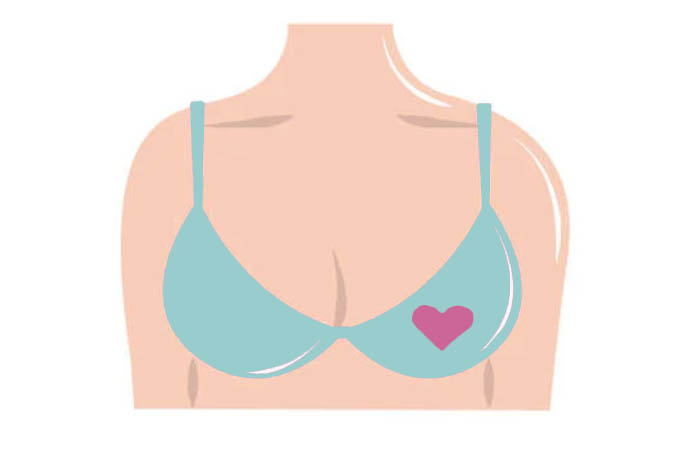
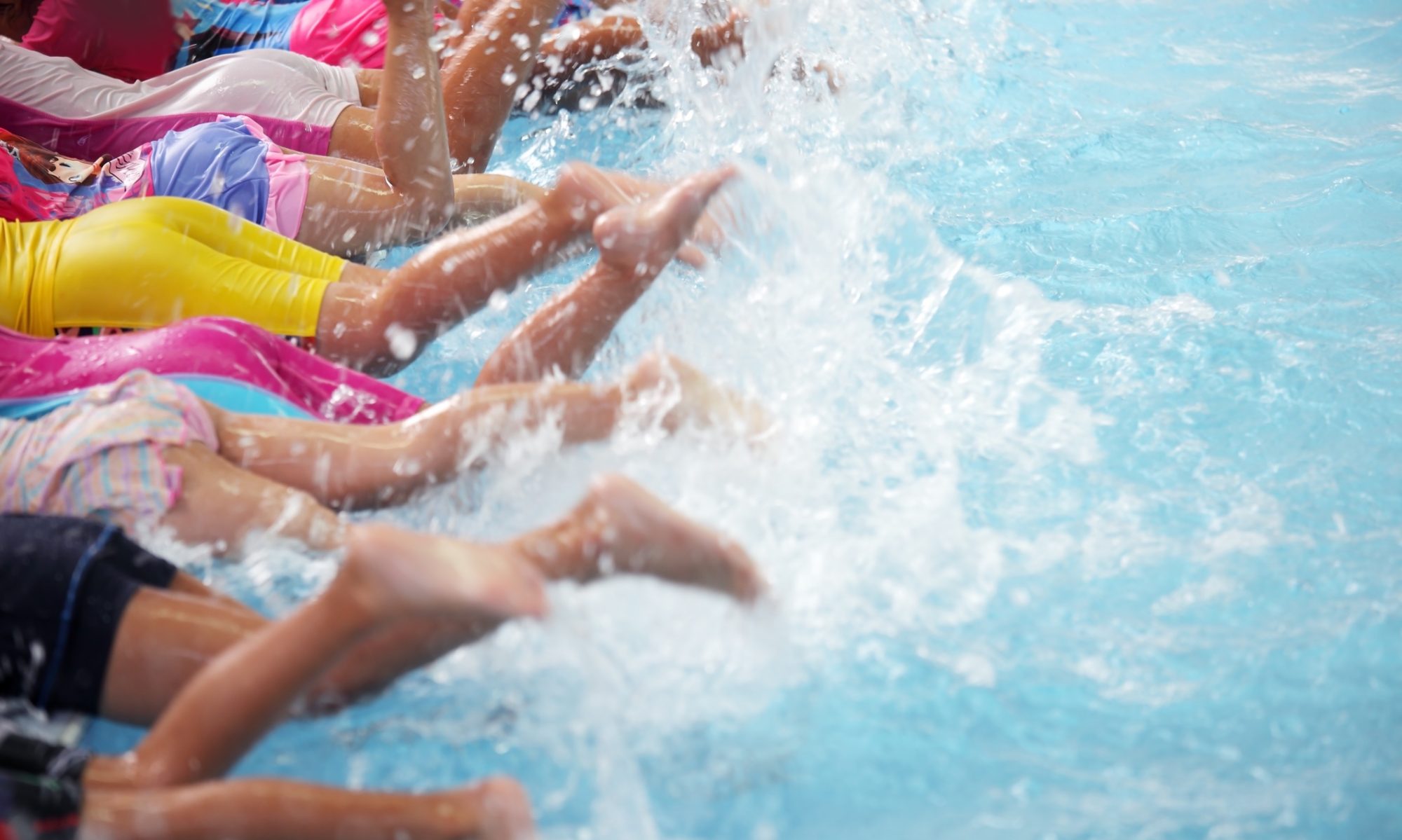
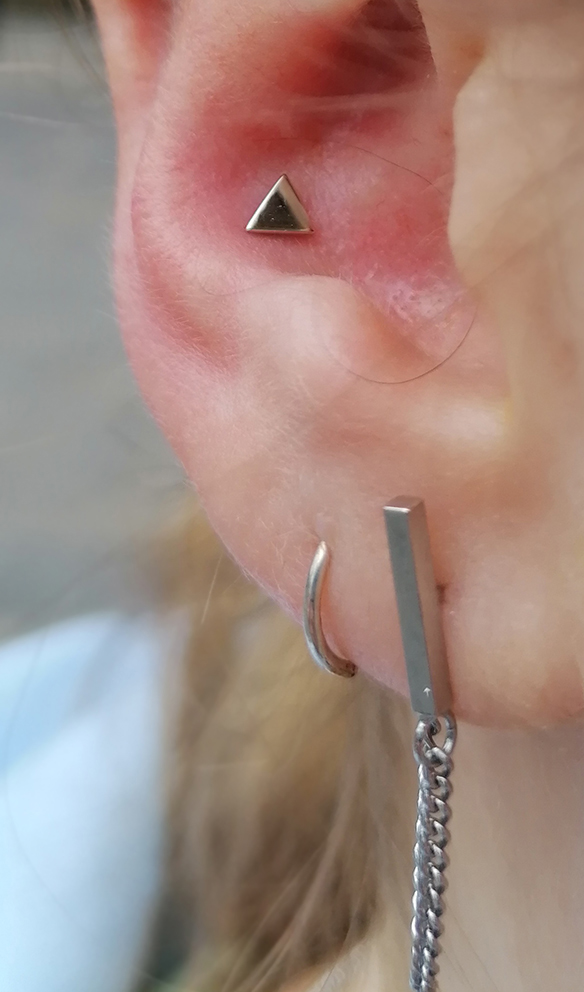
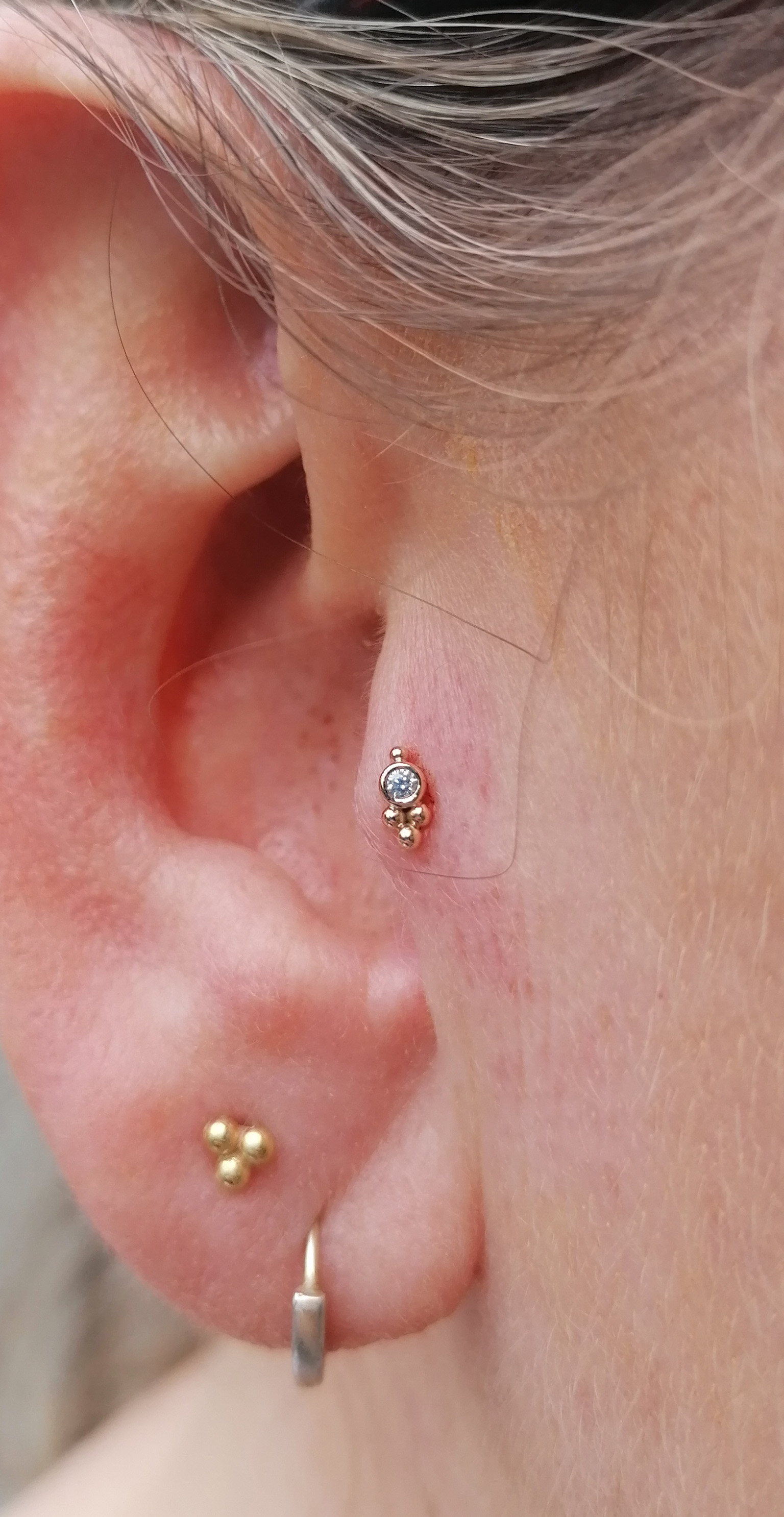


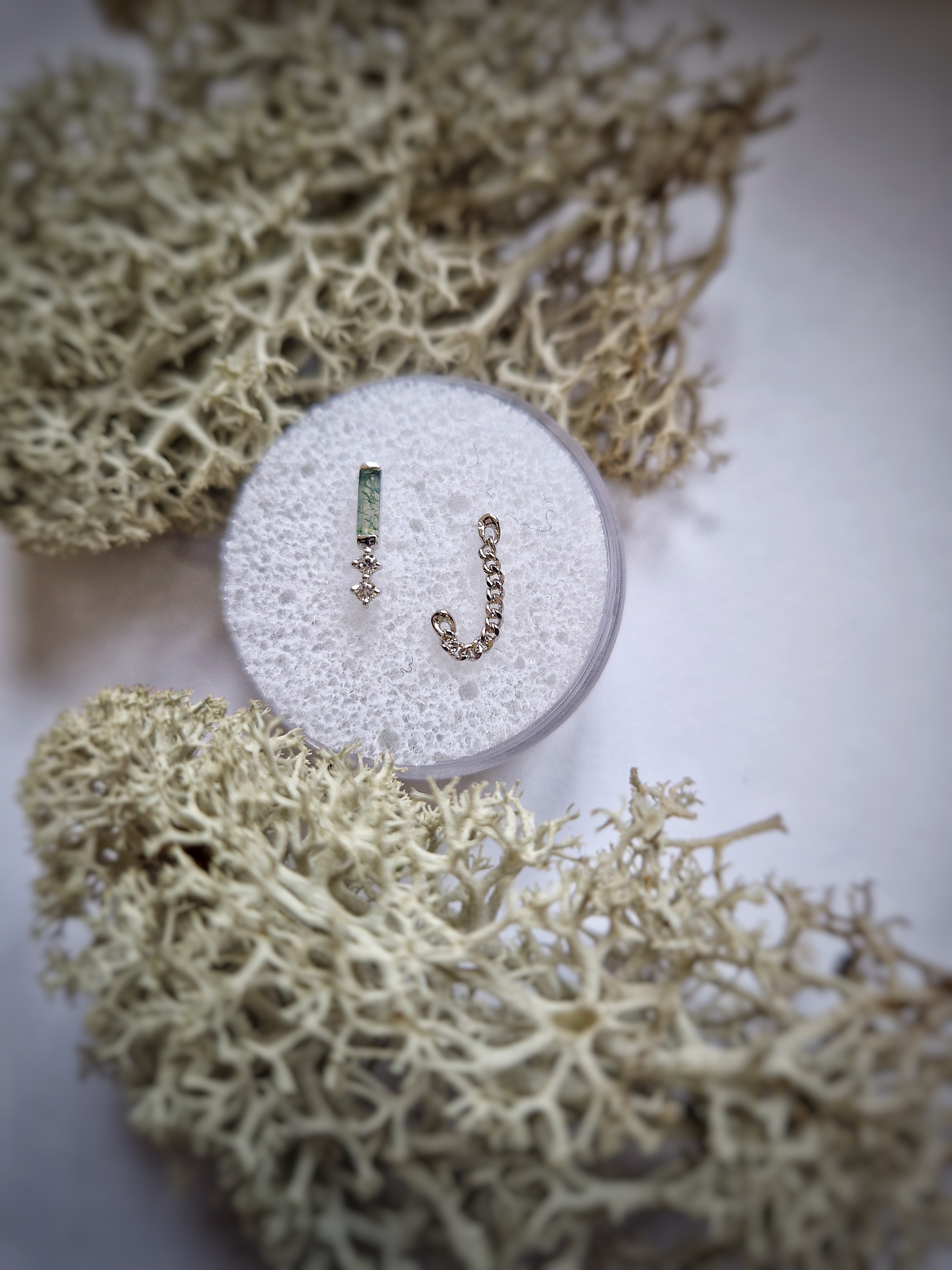

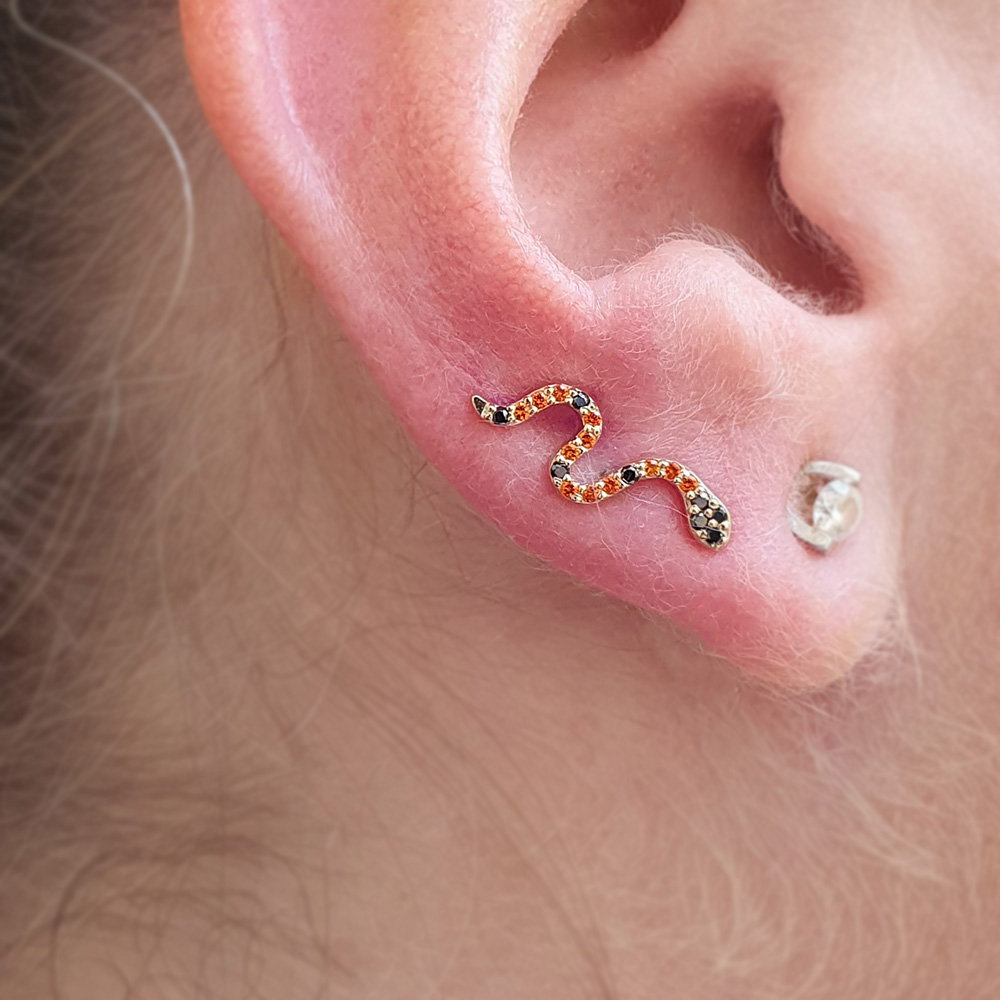
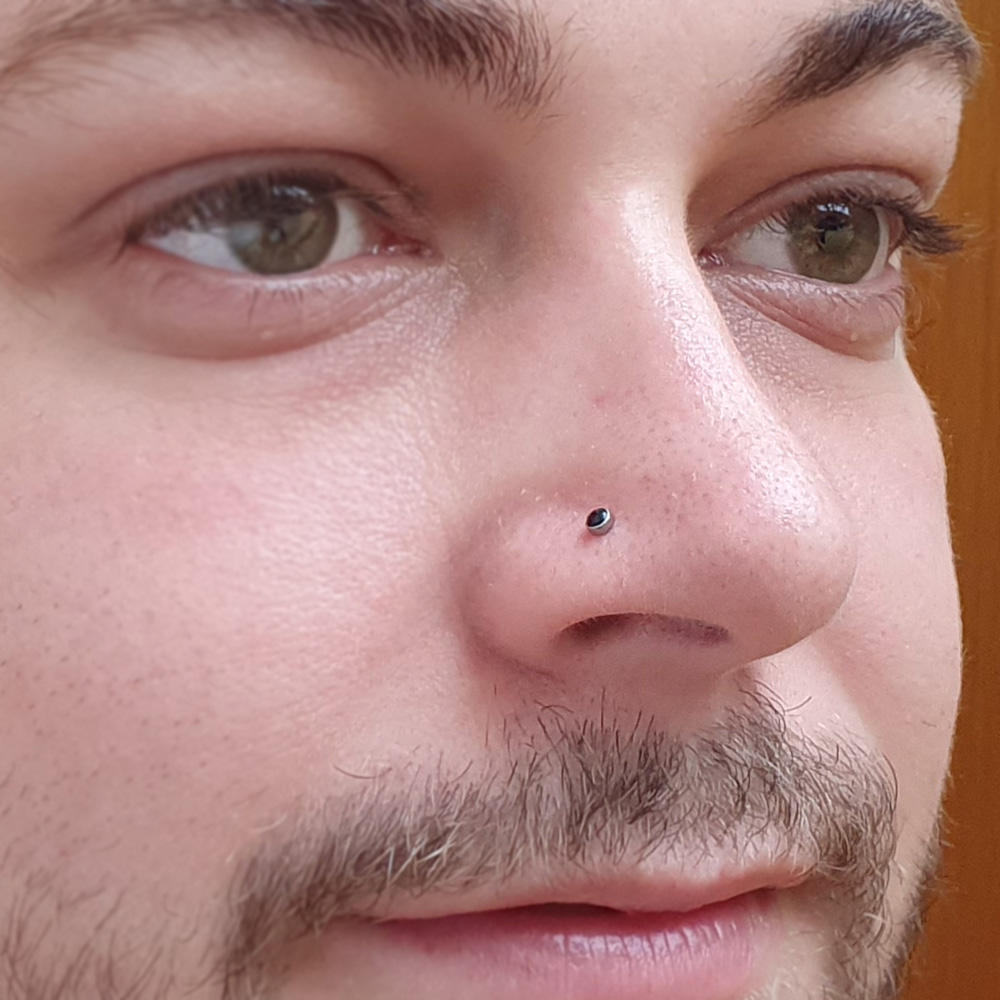
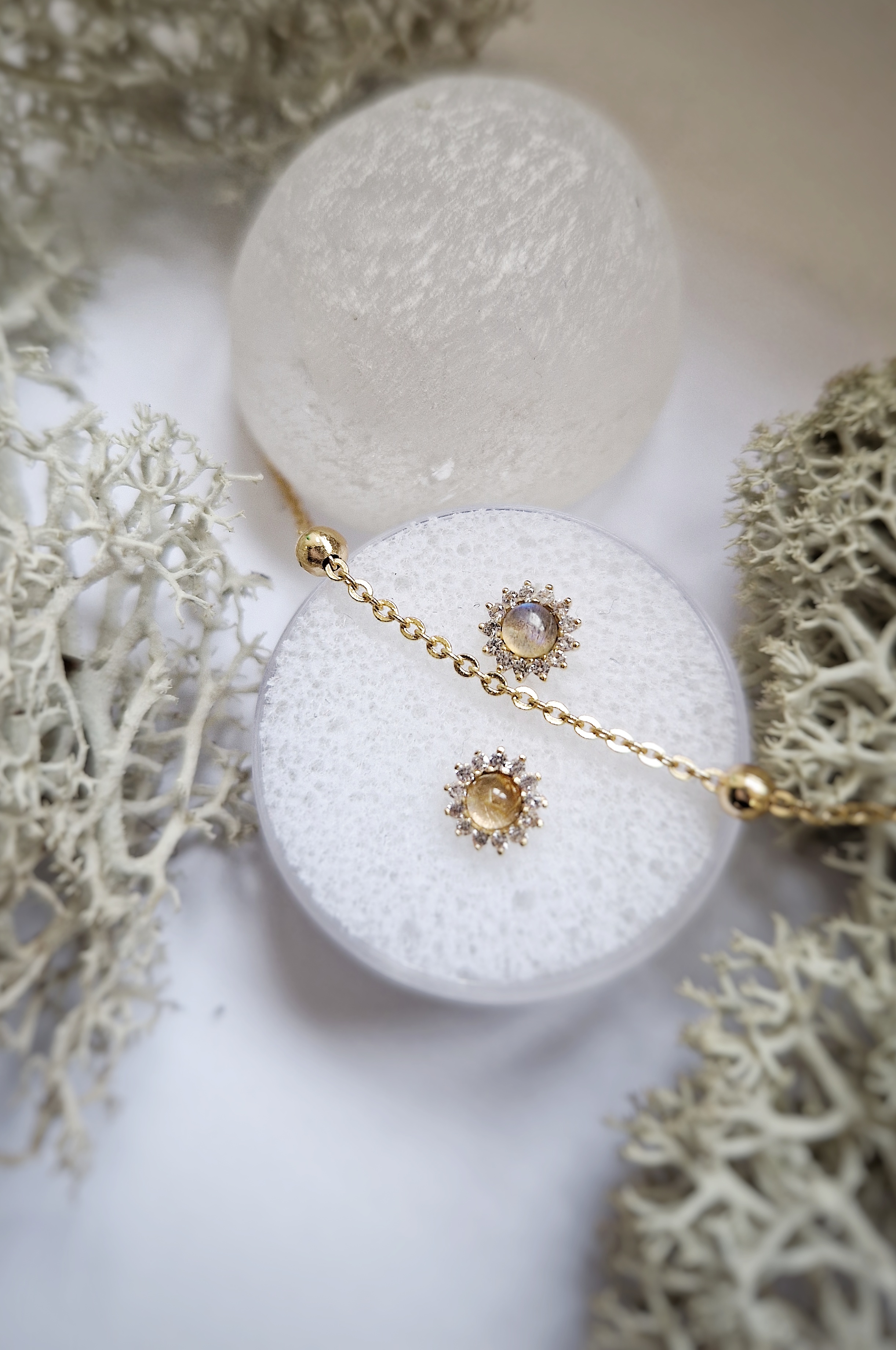
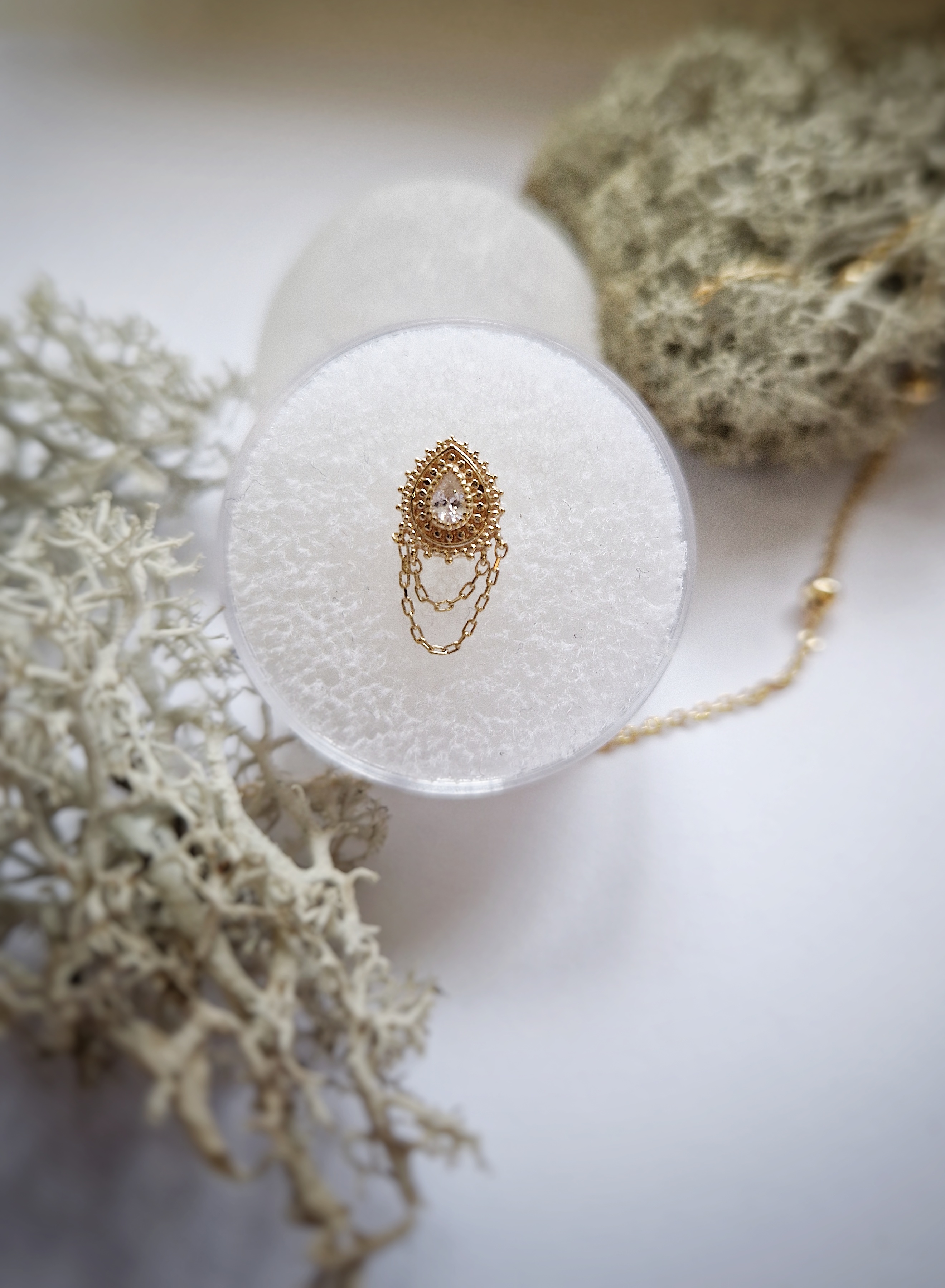
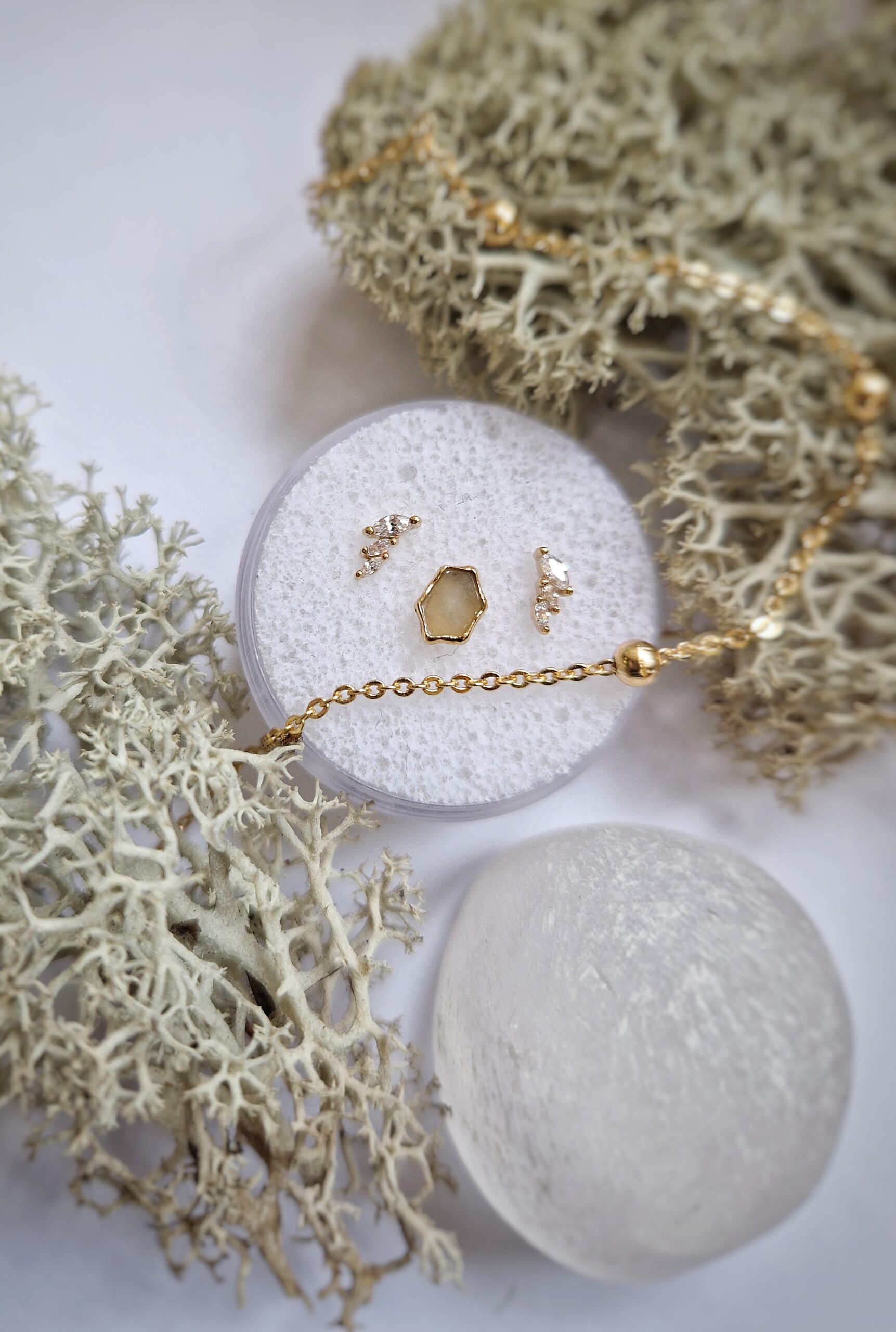
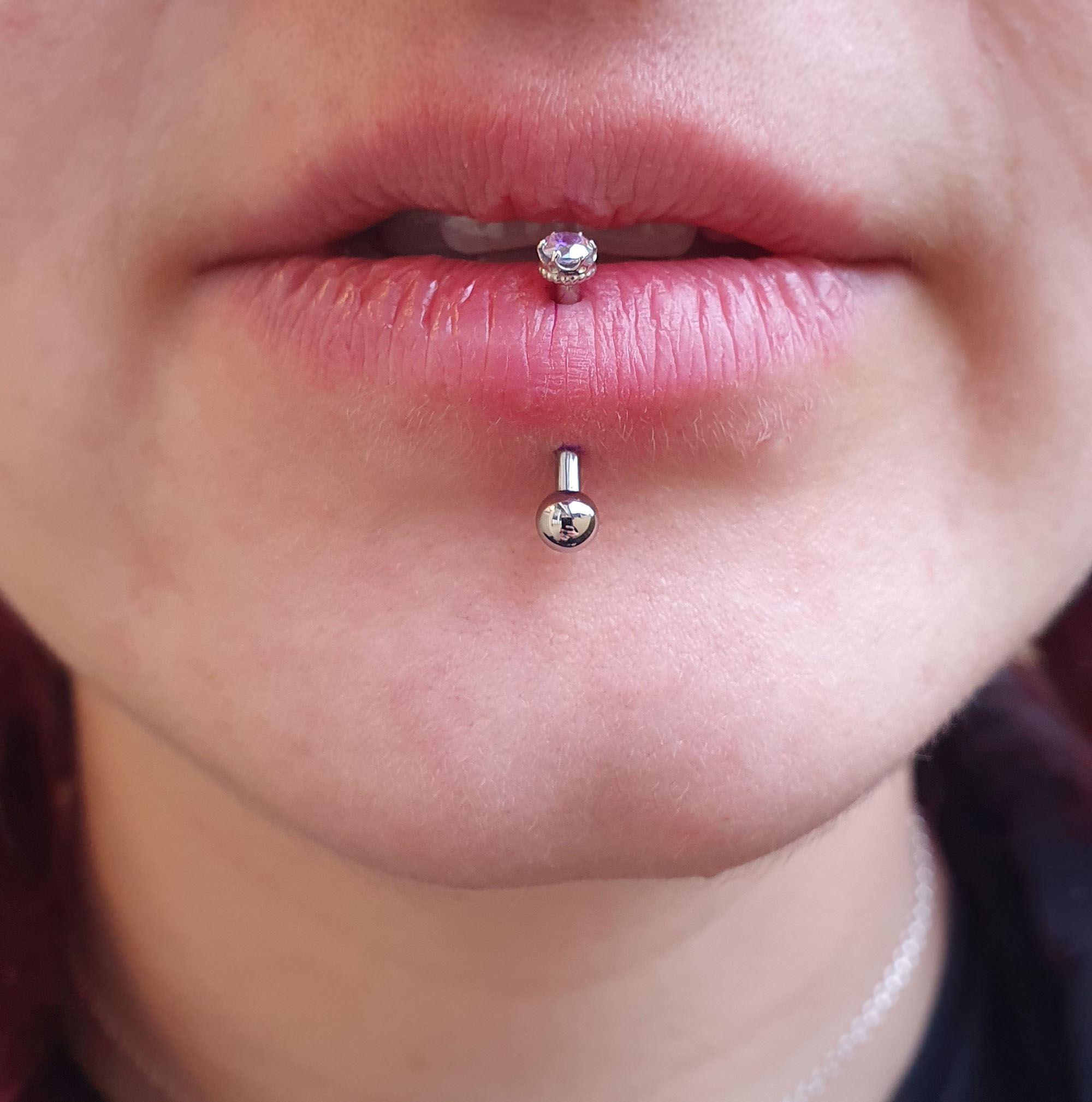
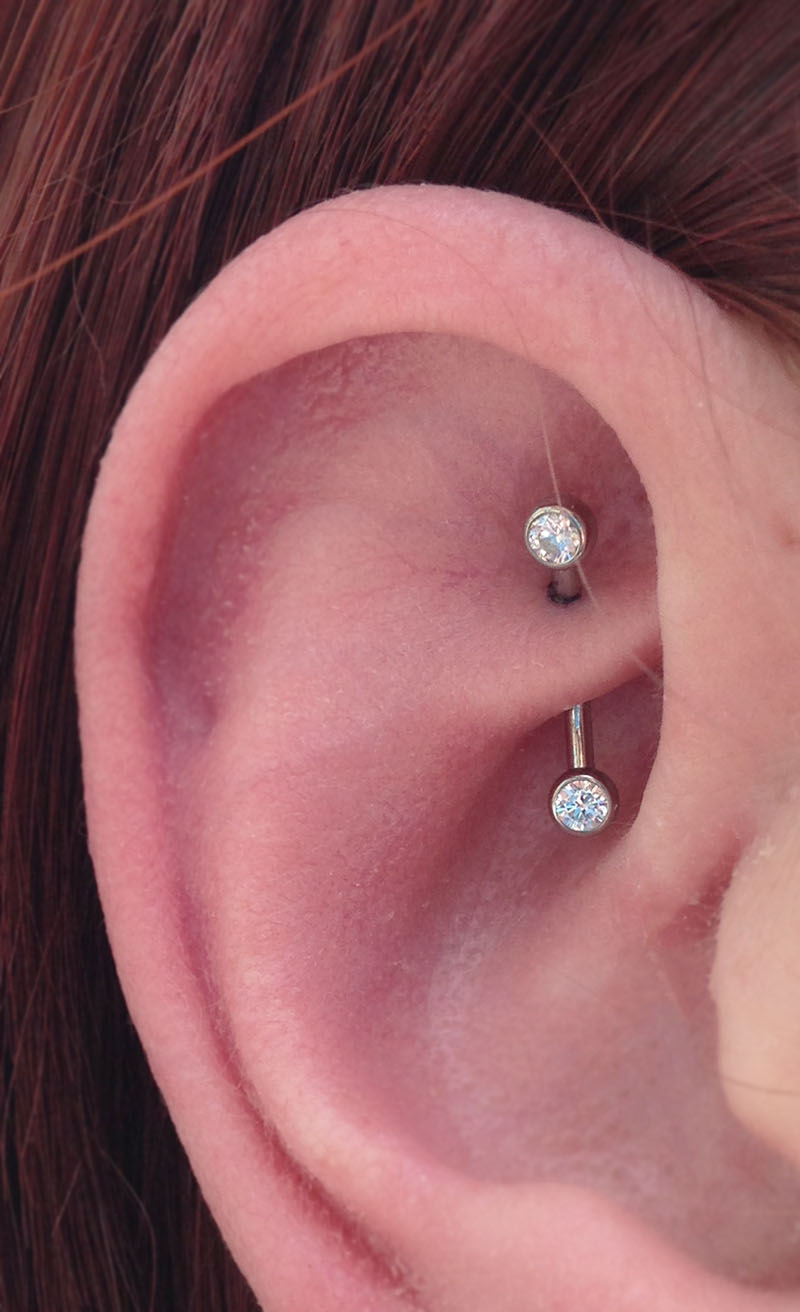
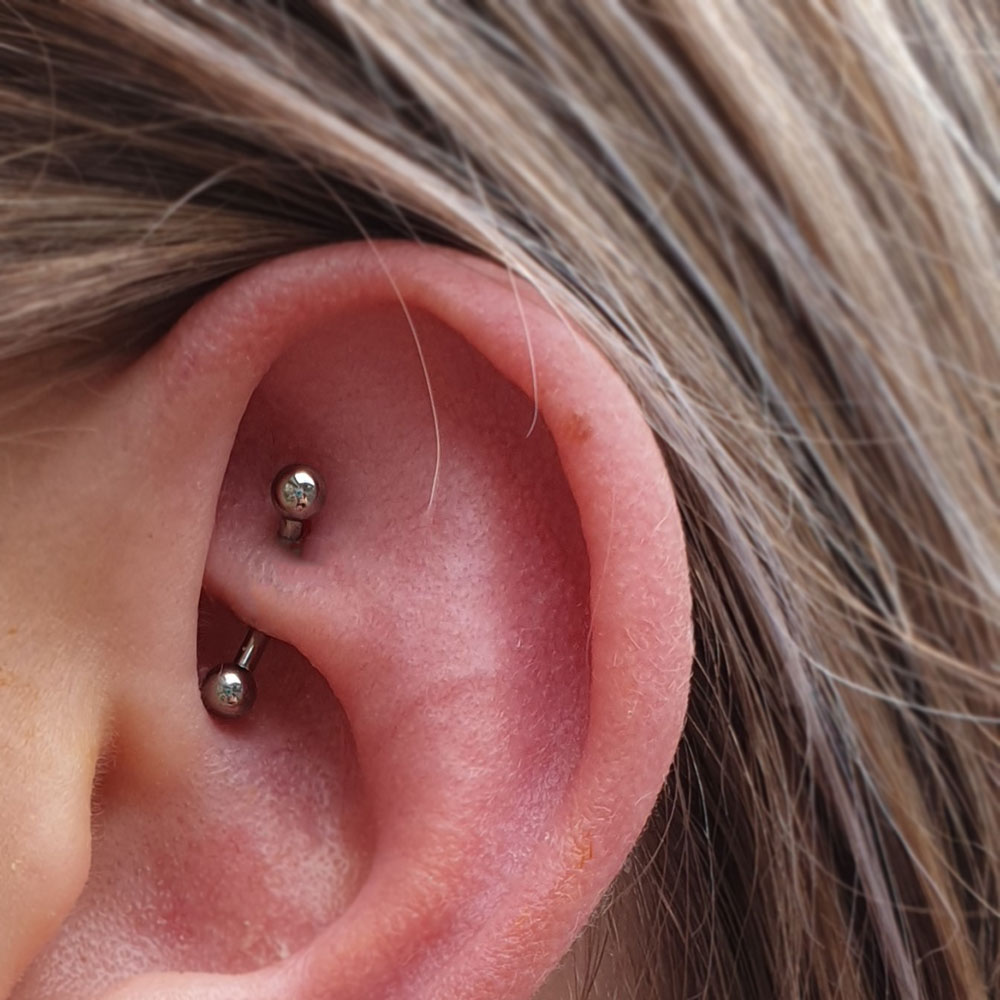
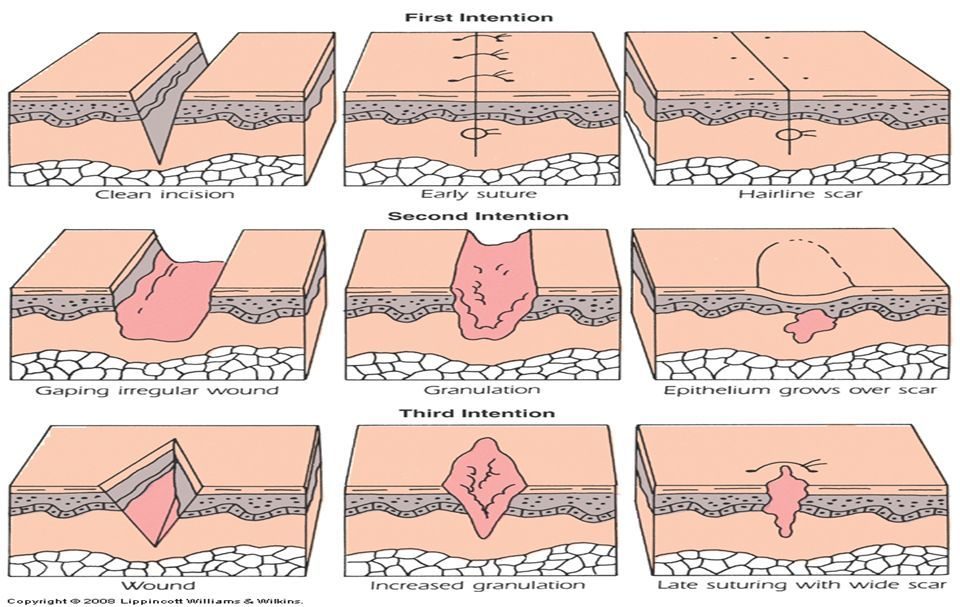
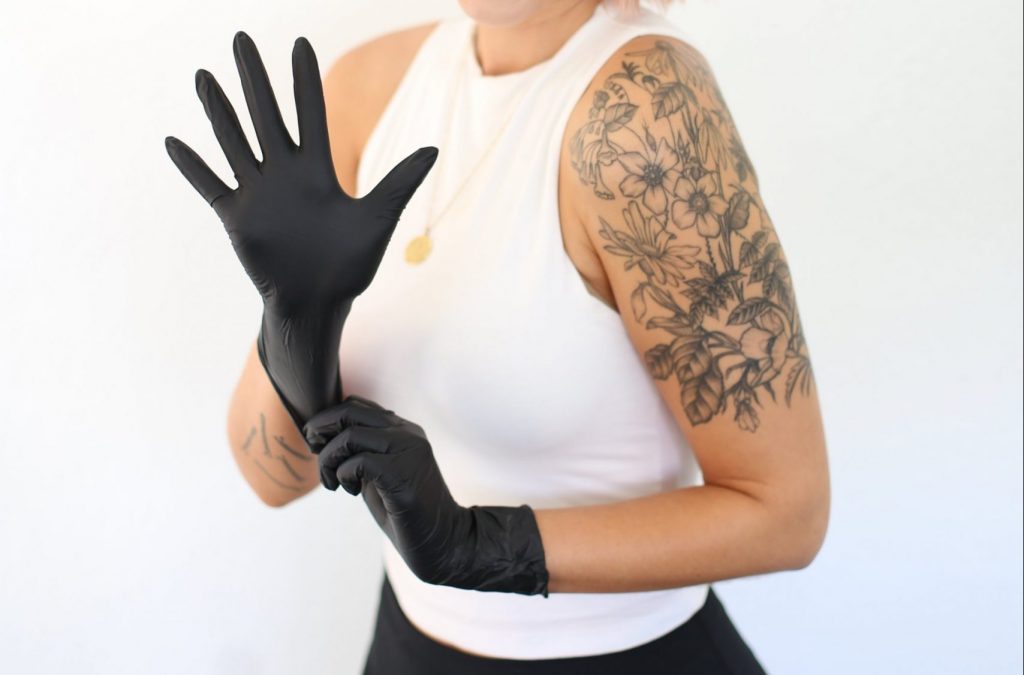
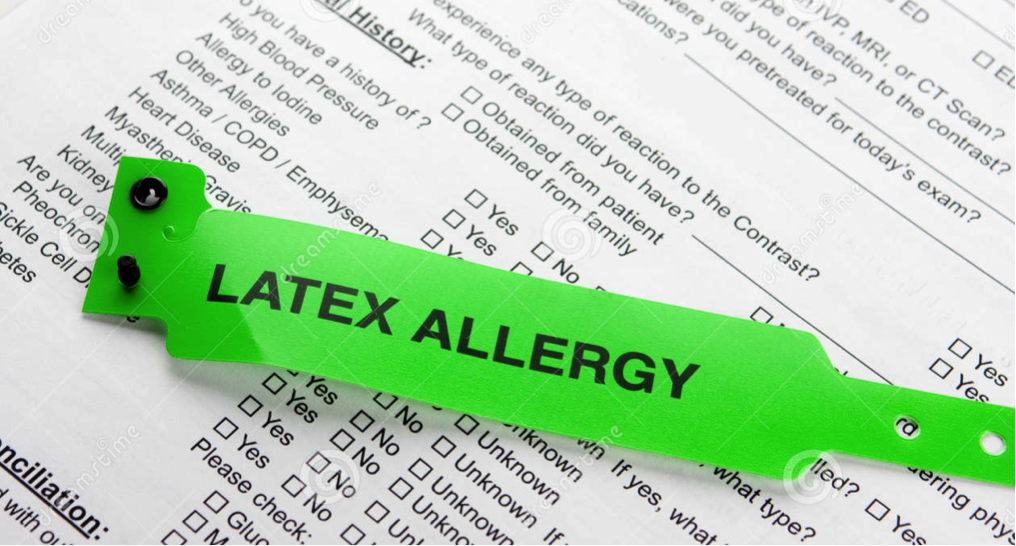 It’s understood that numerous people have an allergy to latex and many more are sensitive to it, resulting in possible skin complaints and discomforts or worse.
It’s understood that numerous people have an allergy to latex and many more are sensitive to it, resulting in possible skin complaints and discomforts or worse.